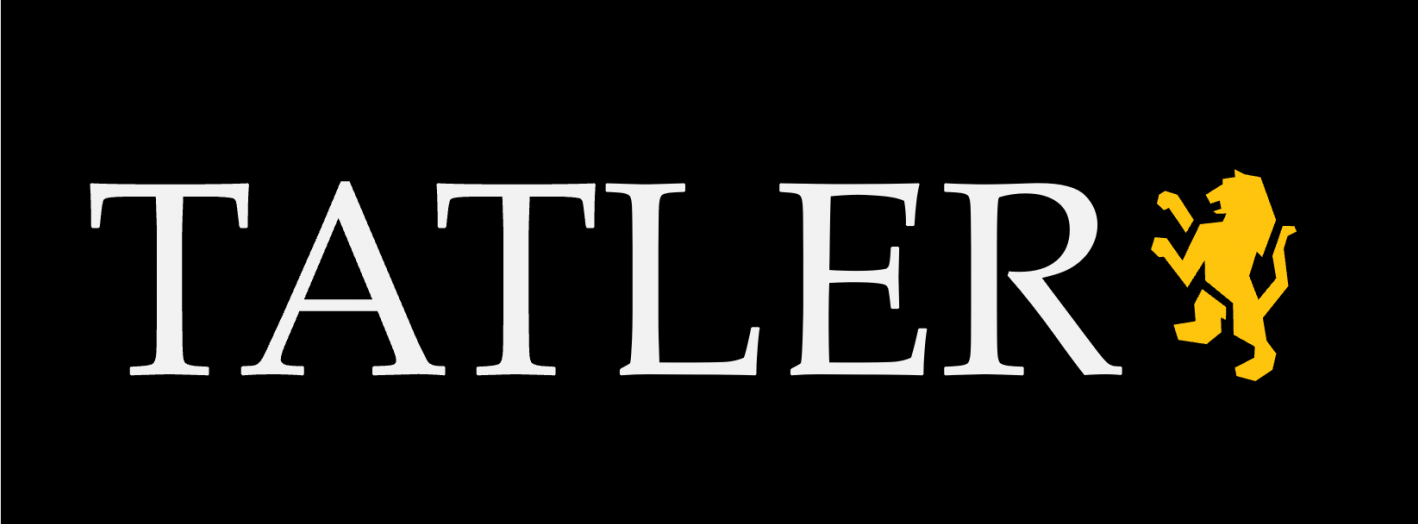“Baseball by birth, fruit by name, world phenomenon by the grace of God.” The man in the yellow tuxedo introduced himself as Jesse Cole. “This is Banana Ball.” The founder of the game looked small on the mound in T-Mobile Park, but spoke with confidence to the sold-out stadium and its 47,000 occupants. The crowd was composed of makeup-clad tweens in pastel yellow tank tops, elementary schoolers with banana costumes and wraparound Oakleys, and an array of stressed parents in “Banana Ball World Tour” t-shirts. The faint smell of artificial banana flavoring hung in the air.
Banana Ball has 11 unique rules that separate it from normal baseball. The most famous are that if a fan catches a ball, it counts as an out, and that each game has a two hour time limit. All of the rules are intended to put fans first and quell complaints about baseball being slow and boring. Since 2021, the league has grown exponentially, and now, with 10.9 million followers on TikTok and their games streamed on ESPN and Disney+, the league is a sensation.
As the first pitch approached, I tried banana cream malasadas from Marination Station — delicious — and banana-flavored dipping sauce from Great State Burger, which tasted nothing like bananas. With about an hour to go, we witnessed a failed bid at the Guinness World Record for “farthest thrown banana from the top of a stadium into a person’s pants.” Suffice it to say, I was very confused. Before long, an entire band had come out, and one of the players, Dalton Mauldin, who has over 54,000 monthly listeners on Spotify, began to sing. “Princess Potassia” came out in a full ball gown for a Banana Ball-themed parody of Wicked’s “Popular.” When the players ran onto the field, things dissolved into pandemonium. The players danced and did back handsprings, and one of them was even wearing stilts.
Still, no amount of research or Statcast baseball could have prepared me for what I was about to experience. From the first pitch until the clock ran out, the music didn’t stop for anything happening on the field. “Gasolina” blasted through the speakers as the first base coach did a backflip and no one noticed the batter grounding out. There was so much going on at every moment that the crowd seemed to forget the baseball going on in the background. In between innings, there were crowd sing-alongs and a “Grunge Match” featuring three-year-olds toddling across the field in flannels. Former Seahawks offensive tackle Walter Jones came in for a cameo, and Mariners Hall of Famer Jamie Moyer even pitched an out. By the end of the game, as 47,000 fans’ flashlights moved to the beat of Coldplay’s “Yellow,” the unending twists and turns felt like just the chaotic refresh baseball needed.
To close, the players and Cole came back out for a speech in which they reflected on the power of sports and the diversity of the crowd. What had started as a ridiculous series of trick plays and challenges ended with a meaningful reflection on the power of baseball to unite people from all backgrounds. It’s impossible to deny that Banana Ball has created a welcoming and accessible environment for people who would normally be excluded from America’s pastime because of the long game times and complicated rules, and it has united an online community in a time of polarization. The Savannah Bananas have offered a fresh answer to the time-worn question: Why do we watch sports? One league probably won’t change the world, but this seemingly silly trend is changing the face of baseball — and I’m glad to be along for the ride.

